Explosion-proof process lighting solutions for industrial applications allow illumination in hazardous facility areas. Also referred to as EX lights, explosion-proof lights are suitable for illuminating processes in hazardous locations where combustible gases or vapors may be present, such as a critical processing line, pipeline, or vessel.
Plant managers know that you can’t control what you can’t see. That’s why sight glasses are installed throughout a system so that you can view what’s going on inside… but that isn’t enough. Without proper lighting, the interiors of your processing lines, vessels, and pipelines are often too dark for your operators to view critical process stages through a sight glass. Flashlights or other portable lights simply cannot provide sufficient lighting, and will often cause a glare to appear on the surface of the sight glass, making your visual inspections very difficult.
In process industries ranging from industrial, chemical, food/beverage or pharmaceuticals, it’s essential that products are processed in the safest environment possible in order to
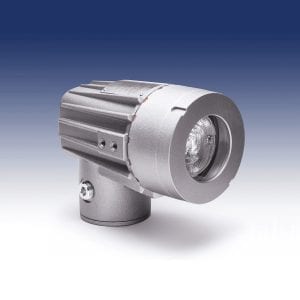
comply with a wide variety of regulations. Lighting plays a critical role to safety, of course. In order to see critical processes inside your tanks and vessels, you need the most reliable lighting available. And reliability certainly begins with availability – if you can’t find new halogen bulbs to replace your existing halogens, it’s lights out for your process.
One of the best sight glass lights just got even better. The LJ Star LumiStar®1000, the world’s brightest compact sight glass luminaire, is now Intertek ETL approved and conforms to UL 2108; in Canada it conforms to CSA C22.2 #250.0.
What is the ETL Listed Mark?
Intertek ETL certifications serve as the benchmark for safety and performance in today’s processing equipment. The ETL Listed Mark indicates that a product has
Many processes take place in hazardous environments where explosive conditions may be present. For these applications, LED sight glass lights for explosion-proof lighting combines safe interior illumination and glare-free viewing.
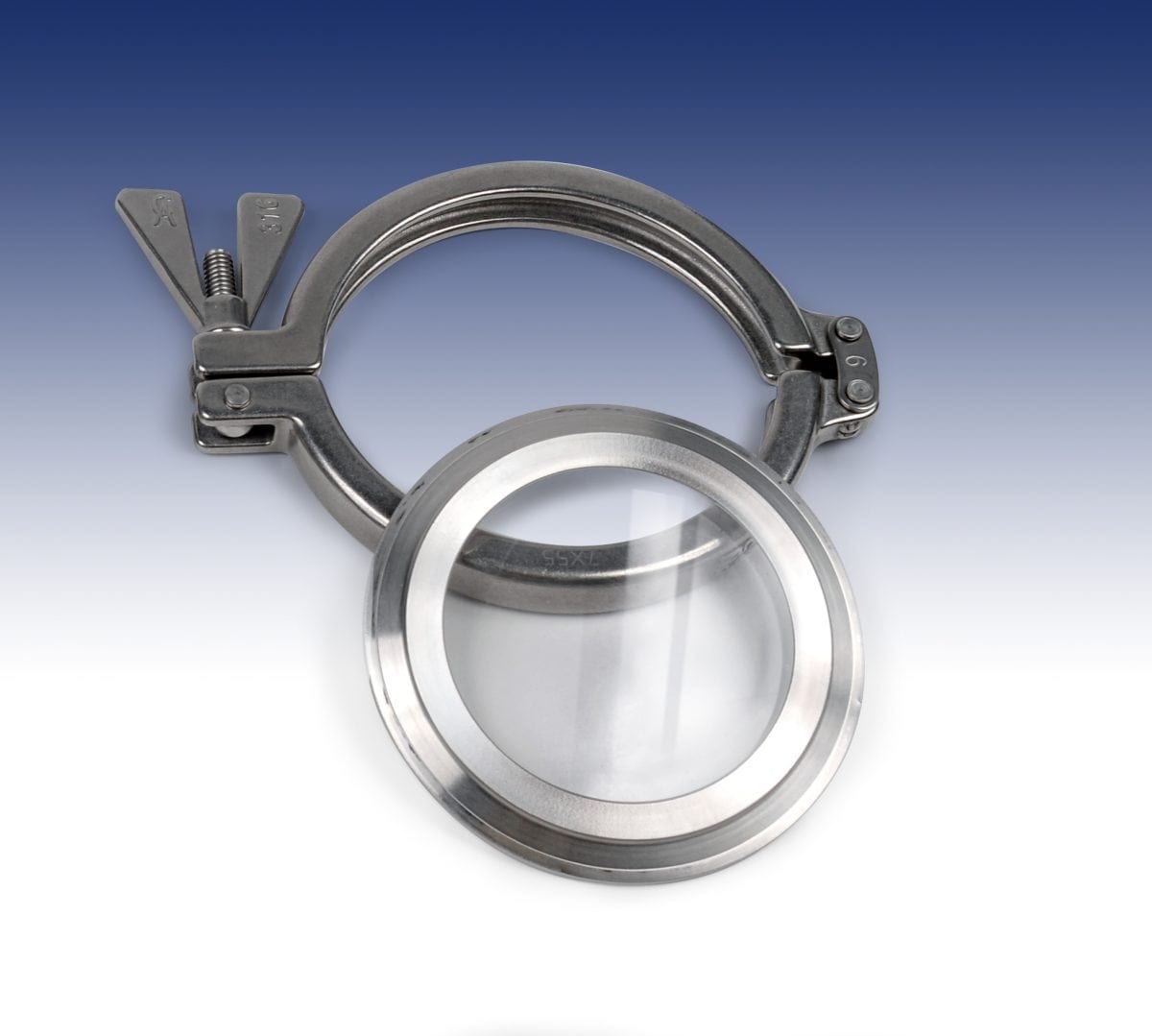 Sanitary sight glasses allow engineers, plant managers, and technicians alike to look inside their equipment without contaminating their systems. Through superior hygienic designs, these types of sight glasses have no crevices or intrusive gaps that could harbor harmful bacteria.
Sanitary sight glasses allow engineers, plant managers, and technicians alike to look inside their equipment without contaminating their systems. Through superior hygienic designs, these types of sight glasses have no crevices or intrusive gaps that could harbor harmful bacteria.
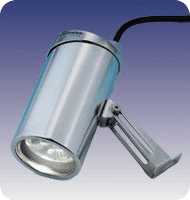 Undiffused light can reveal a large number of surface imperfections in stainless steel products that diffused light does not. By analyzing these differences, diffused light has been found to have less variability in the intensity of reflected light, making it ideal for sight-based applications. If you’re using a sight glass to monitor your tanks or systems, you’re going to want to work with diffused light.
Undiffused light can reveal a large number of surface imperfections in stainless steel products that diffused light does not. By analyzing these differences, diffused light has been found to have less variability in the intensity of reflected light, making it ideal for sight-based applications. If you’re using a sight glass to monitor your tanks or systems, you’re going to want to work with diffused light.
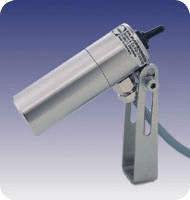 Since the interior of your vessels and pipelines are often too dark for you to see through a sight glass, exterior lighting must be used to illuminate the important stages of your systems. Typical flashlights aren’t powerful enough and often create distracting glares on the sight glass. That’s why mounting lights, or luminaires, must be affixed to your equipment if you want to accurately look through a sight glass and monitor your systems.
Since the interior of your vessels and pipelines are often too dark for you to see through a sight glass, exterior lighting must be used to illuminate the important stages of your systems. Typical flashlights aren’t powerful enough and often create distracting glares on the sight glass. That’s why mounting lights, or luminaires, must be affixed to your equipment if you want to accurately look through a sight glass and monitor your systems.
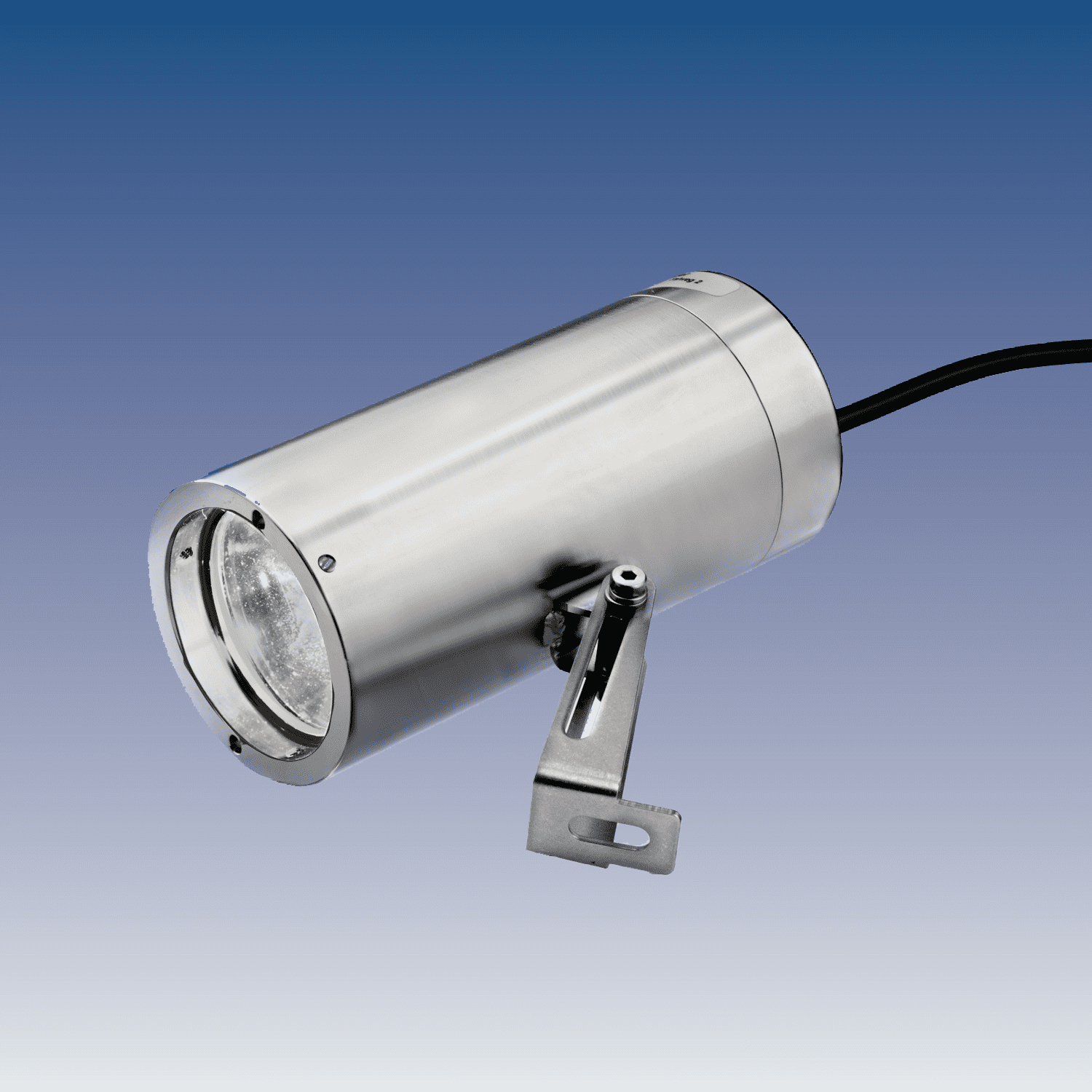 Mounting lights, or “luminaires”, are required in most sight glass applications in order for operators to be able to accurately see what’s going on inside a vessel or pipeline. Where flashlights and other commercial lighting solutions fail, industry-grade mounted lights can provide direct, high-powered illumination that can light up even the darkest environments.
Mounting lights, or “luminaires”, are required in most sight glass applications in order for operators to be able to accurately see what’s going on inside a vessel or pipeline. Where flashlights and other commercial lighting solutions fail, industry-grade mounted lights can provide direct, high-powered illumination that can light up even the darkest environments.
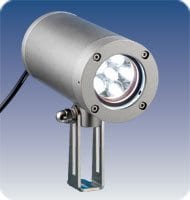
Explosion-proof process lighting solutions for industrial applications allow illumination in hazardous facility areas. Also referred to as EX lights, explosion-proof lights are suitable for illuminating processes in hazardous locations where combustible gases or vapors may be present, such as a critical processing line, pipeline, or vessel.
Beer is one of the oldest and the most largely consumed alcoholic beverages in the world. This all-time favorite brew has been a staple at sporting events, social gatherings, and family barbecues for generations. During the past few years, craft beers have created quite a buzz among younger consumers seeking a more unique palette than their parents’ traditional beer. Craft breweries have experienced unprecedented growth by bringing an almost endless variety of beer styles to the market. In fact, the overall global beer market is expected to reach $685 billion by 2025.
A “Light” Recipe for Craft Brewing Success
Halogen lamps were once the standard choice for craft brewers’ vessel sight glass lighting. However, a new generation of LED luminaires is growing in popularity for this application. Consider these questions to decide whether it’s time for your brewery to invest in making the switch to LEDs.
For pharmaceutical manufacturers, maintaining the cleanliness of their facilities, especially their stainless-steel process vessels, is Job #1. A UV light for your sight glass can help, as UV light can be used to inspect and verify SIP and CIP procedures have done an adequate job.
Vessels must be cleaned and sterilized thoroughly between each product batch. This is important to prevent contamination from previous batches or residual cleaning agents from adulterating the product. Depending on the type of drug being produced, an inadequately cleaned vessel could potentially force the facility to quality reject millions of dollars’ worth of compromised product.
The many ratings and standards bodies can be a confusing alphabet soup of acronyms… ATEX, UL, NEC, IEC, IP and NEMA. When is ATEX the right one?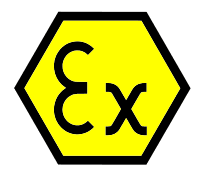
If you are considering an ATEX explosion-proof light for your sight glass, then you already know that a light with an ATEX rating will be safe to operate in a potentially explosive atmosphere.
First, forget about IP and NEMA ratings. Those define housings. For example,
Like other critical components of getting the perfect brew, conical fermenters need to be closely observed. Fermentation is part art, which means you need to involve your senses: seeing, smelling, tasting. It’s also part science, which means that you need a way to confirm that each stage of the process is going according to plan: that the cleaning solution is fully rinsed, that there is no cross batch contamination, etc. In short, you need a sight glass window on your vessel, and a light to illuminate its interior.
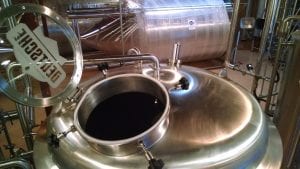 Conical fermenter sight glass lights come in various types and configurations. In my post today I’ll review some of your options, so you can choose the optimal light for your situation. By the way, although I’m focusing on fermenters, which may be conical or straight, the same advice will apply to any brewing equipment vessel, including mash lauter tuns, finishing tanks, and the like.
Conical fermenter sight glass lights come in various types and configurations. In my post today I’ll review some of your options, so you can choose the optimal light for your situation. By the way, although I’m focusing on fermenters, which may be conical or straight, the same advice will apply to any brewing equipment vessel, including mash lauter tuns, finishing tanks, and the like.Food and Beverage Application Experts in the $738 billion food and beverage manufacturing industry know that, for consumers, taste begins with the eyes. This is especially true with beverages, for whom hue, clarity, cloudiness, transparency, opacity and foam are very tightly controlled. Such the domain of the processing engineer, who depends on the sight glass and associated lighting to observe the process media.
How to Size a Sight Glass Light for a Process Vessel?
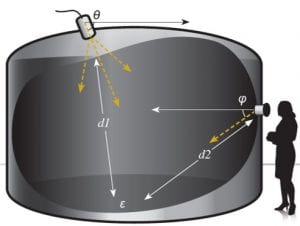
Ah, the world of lighting used to be so simple. When you needed to illuminate the interior of a process vessel or tank, you selected a halogen light by its watts. Typically you used a 50 watt light because that’s what the manufacturers commonly offered. If that wasn’t bright enough, then you used a 100 watt light. It got hot, but you didn’t have much choice. The decision for your sight glass light was simple.